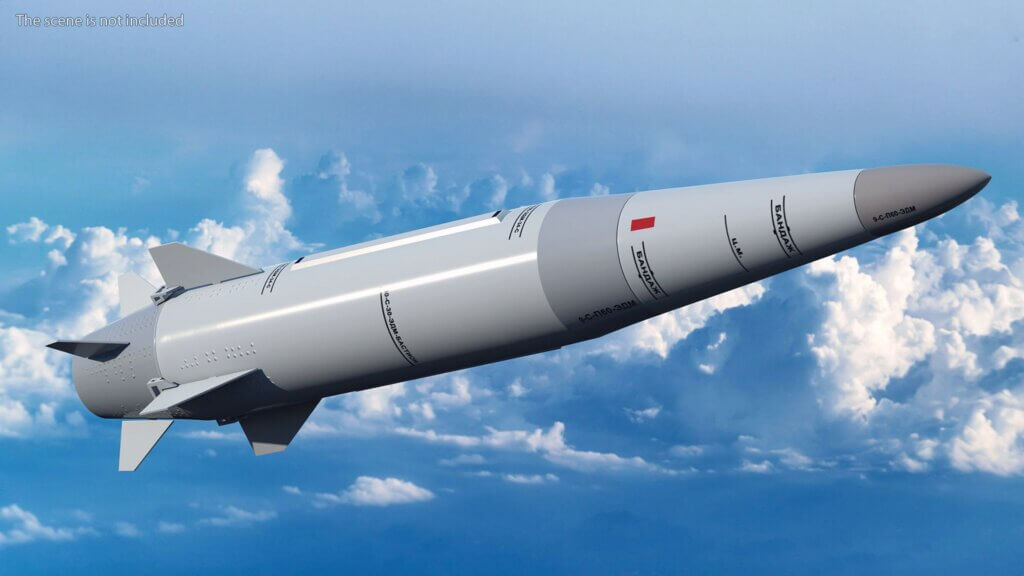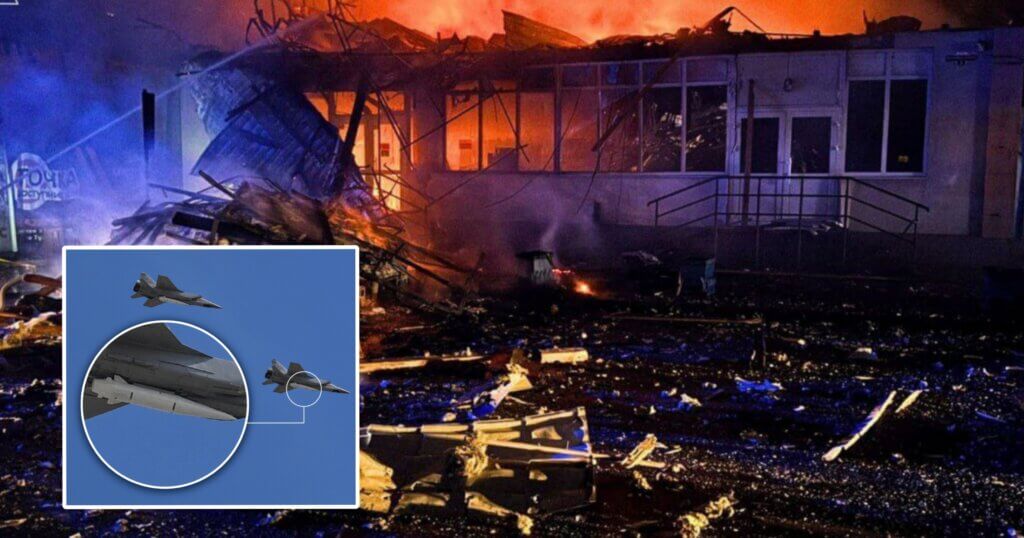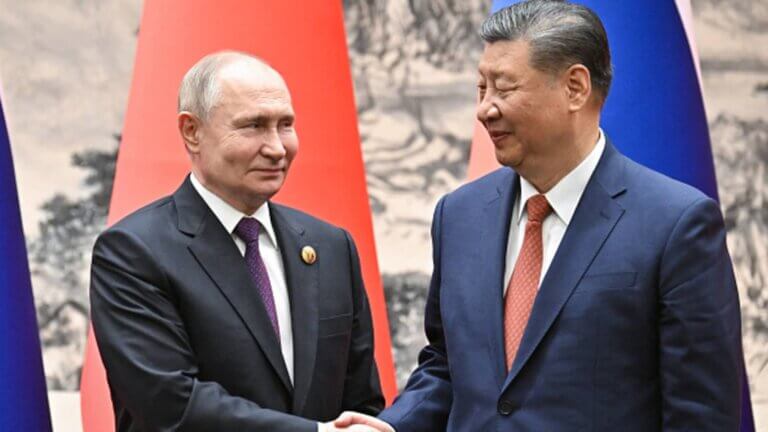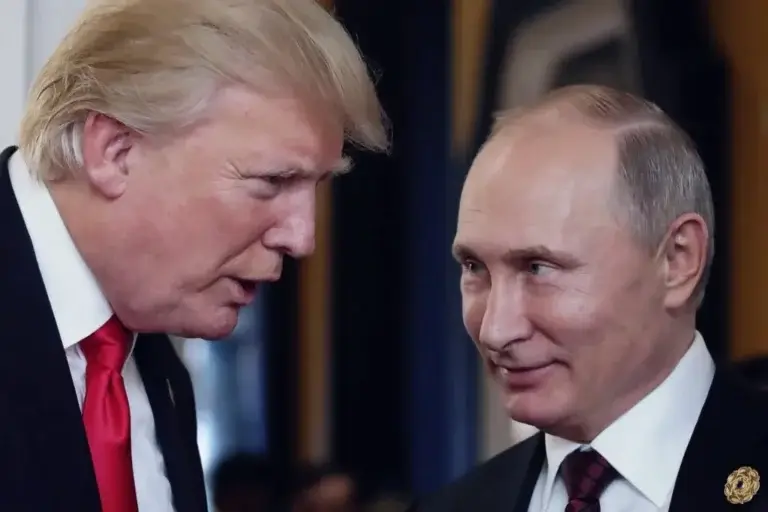The Kinzhal Hypersonic Missile recent announcement by the Russian Defense Ministry of a “massive attack” on Ukrainian energy infrastructure signals a significant escalation in the conflict. Presented as a necessary response to “terrorist attacks,” this action is a strategic move with serious implications and has raised fears of a wider war.
Explaining the Russian Narrative
The official statement is part of a strategic communication. By labeling the Ukrainian actions “terrorist,” Russia is presenting its attacks as a legitimate counter-terrorism operation. The emphasis on the use of “precision weapons,” including the advanced Kinzhal hypersonic missile, serves a dual purpose.
Tactically, it ensures the destruction of high-value targets, such as the energy grid that powers Ukraine’s military-industrial complex. Strategically, it is a direct signal to NATO, demonstrating Russia’s advanced military capabilities and its willingness to utilize them.
Strategy of Targeting Infrastructure
Attacking energy facilities is a traditional tactic of destruction. By crippling the power grid, Russia seeks to achieve what it cannot achieve on the battlefield alone: halt weapons production, undermine civilian morale, and cripple Ukraine’s economy.

This “war on infrastructure” is designed to undermine Ukraine’s ability to continue a long-term fight, making it more dependent on its Western allies.
Kremlin’s Justification and Global Risks
The Kremlin’s narrative assumes that such decisive force is necessary to “destroy the Nazi Ukrainian state” and bring a swift end to the conflict. From this perspective, a swift Russian victory is the only way to prevent a protracted war that could directly involve NATO and risk global conflict. Supporters argue that a display of overwhelming force will ultimately lead to a compromise and earn Russia respect.
However, this argument is viewed with concern in Western countries. Instead of a step toward peace, these attacks are seen as a dangerous escalation.

Each use of advanced weapons like the Kinzhal Hypersonic Missile puts pressure on NATO to provide Ukraine with even more capable systems, creating a destabilizing cycle of action and reaction. The systematic destruction of civilian infrastructure blurs the battle lines and pushes the conflict into a more brutal phase.
Conclusion: In Danger
Russia’s massive attack is more than a military operation; it is a high-stakes gamble. While the Kremlin considers it a necessary retaliation for long-term peace, the West sees it as an aggressive act that is pushing the world closer to a full-scale war.
The world now balances on a precarious edge, Kinzhal Hypersonic Missile caught between one side’s confidence in complete victory and the other’s conviction that such a victory cannot be allowed to last. The path ahead remains dangerously uncertain.



